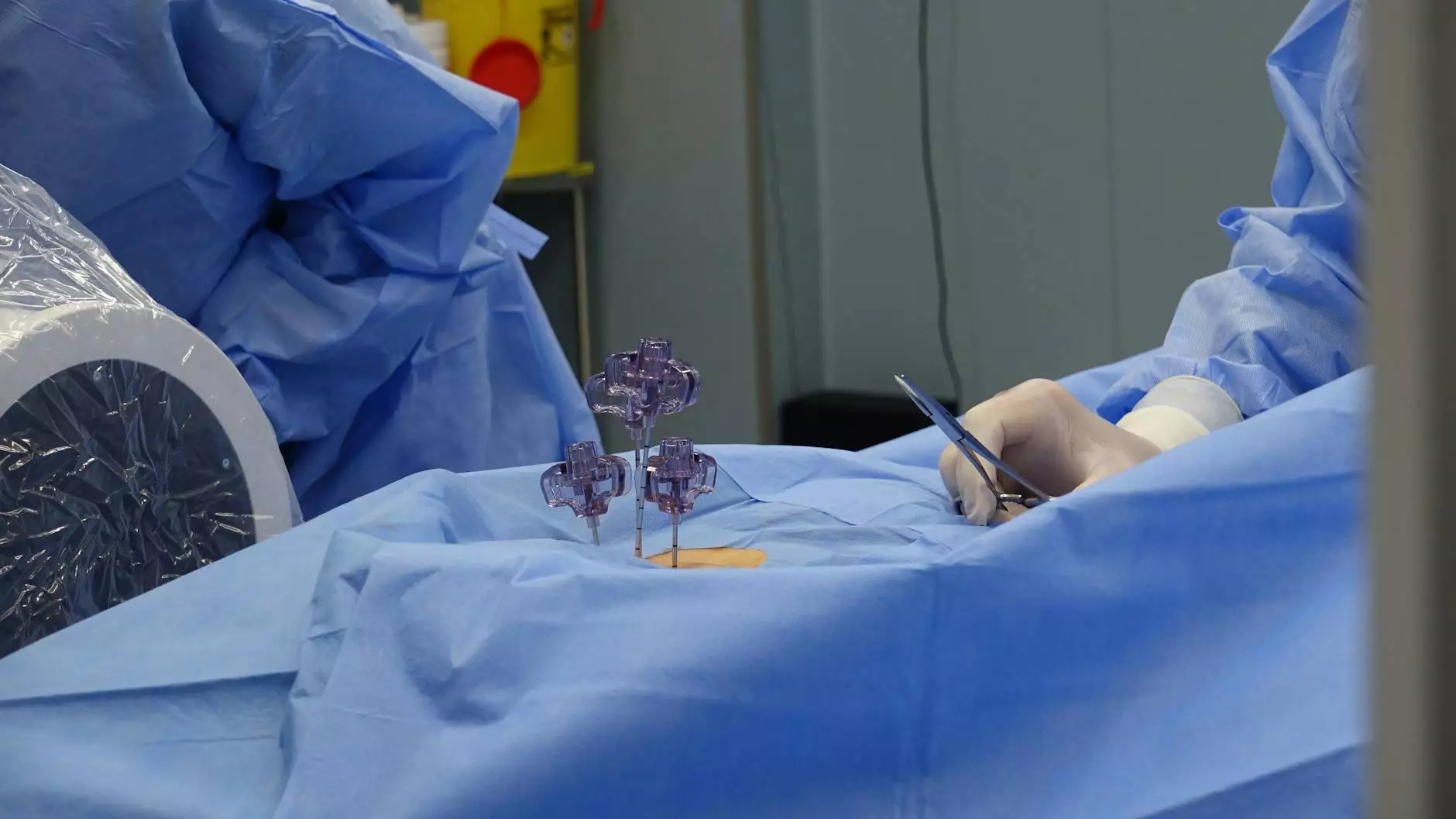Understanding Blepharoplasty: A Comprehensive Guide

What is Blepharoplasty?
Blepharoplasty, derived from the Greek words “blepharon” meaning eyelid and “plasty” meaning shaping, refers to the surgical procedure aimed at correcting defects, deformities, and disfigurations of the eyelids. This surgery is commonly performed to enhance the appearance of the eyelids, creating a more youthful and refreshed look.
Why Consider Blepharoplasty?
People often consider blepharoplasty for various reasons, including:
- Cosmetic Improvement: The primary motivation for many patients is to improve the aesthetic appearance of their eyes, helping them look more awake and alert.
- Functional Restoration: In some cases, drooping eyelids can obstruct vision, and blepharoplasty can help restore proper function.
- Self-Confidence Boost: Enhancing one’s appearance can significantly improve self-esteem and personal confidence.
Types of Blepharoplasty
There are several types of blepharoplasty, each tailored to meet the specific needs and goals of the patient:
- Upper Eyelid Blepharoplasty: This procedure focuses on removing excess skin, fat, and muscle from the upper eyelids to reduce sagging and enhance the contour of the eyes.
- Lower Eyelid Blepharoplasty: This surgery targets the lower eyelids, addressing puffiness and dark circles by removing or redistributing fat and tightening the skin.
- Double Blepharoplasty: Common in East Asian patients, this procedure creates a crease in the upper eyelid for a wider, more defined eye appearance.
The Blepharoplasty Procedure
Understanding the blepharoplasty procedure is crucial for those considering eyelid surgery. Here's what you can typically expect:
- Consultation: A thorough consultation with a qualified surgeon to discuss your goals, medical history, and expectations.
- Anesthesia: Depending on the complexity of the surgery, either local or general anesthesia will be administered.
- Incision: Small incisions are made along natural lines or creases in the eyelids to minimize visible scarring.
- Correction: The surgeon will remove excess skin, fat, and muscle as necessary to achieve the desired results.
- Closure: The incisions are then closed carefully, often using stitches that will dissolve over time.
- Recovery: Post-operative instructions will be provided, including how to care for your eyes as they heal.
Recovery After Blepharoplasty
The recovery period can vary by individual but generally follows these stages:
- Immediate Recovery: Swelling and bruising are common and typically peak at around 2-3 days post-surgery.
- Follow-up Appointments: Regular check-ups with your surgeon to monitor healing and remove stitches if necessary.
- Final Results: While initial swelling will subside in a few weeks, the final results can take several months to fully manifest.
Benefits of Blepharoplasty
Undergoing a blepharoplasty can yield numerous benefits:
- Enhanced Appearance: Patients often report looking more youthful and alert.
- Improved Vision: For those with sagging eyelids that obstruct their field of vision, this surgery can restore clarity and function.
- Long-lasting Results: The results of blepharoplasty can be enduring, often lasting for years.
- Minimal Scarring: Due to the precision of modern techniques, any scarring is typically minimal and strategically placed.
Risks and Considerations
Like any surgical procedure, blepharoplasty does carry some risks. It's essential to consider these before proceeding:
- Infection: As with any surgery, there is a risk of infection.
- Dry Eyes: Some patients report experiencing dryness after surgery, which can usually be managed with drops.
- Asymmetry: While surgeons strive for symmetry, some minor differences may occur post-surgery.
- Changes in Vision: Rarely, patients may experience vision changes. It is crucial to follow up with your surgeon if this occurs.
Choosing the Right Surgeon
Choosing the right surgeon for your blepharoplasty is critical to achieving desirable outcomes. Consider the following when selecting a professional:
- Board Certification: Ensure your surgeon is certified by a recognized board in plastic surgery.
- Experience: Look for a surgeon with extensive experience specifically in eyelid surgery.
- Before and After Photos: Review a portfolio of their past work to understand their surgical style and results.
- Patient Reviews: Read testimonials and reviews from previous patients for insights on their experiences.
Cost of Blepharoplasty
The cost of blepharoplasty can vary significantly based on several factors:
- Geographic Location: Prices may differ based on the region and facility where you choose to have the surgery.
- Surgeon’s Expertise: Highly experienced surgeons may charge more for their services.
- Type of Procedure: The extent of surgery—upper, lower, or both—will affect overall costs.
- Facility Fees: Additional costs may arise from the surgical center, anesthesia, and post-operative care.
FAQs About Blepharoplasty
Here are some frequently asked questions to further clarify the blepharoplasty procedure:
1. How long does the surgery take?
The procedure typically lasts between 1 to 3 hours, depending on the extent of the work being done.
2. Is blepharoplasty painful?
Most patients report feeling only mild discomfort post-surgery, which can be managed with medication prescribed by your surgeon.
3. When can I return to work?
Most individuals can return to non-strenuous work within a week, though full recovery can take several weeks.
4. Will I need someone to drive me home?
Yes, it’s advisable to have a friend or family member drive you home after the surgery, especially if anesthesia is used.
Conclusion
Blepharoplasty is a highly effective surgical option for individuals looking to enhance their appearance or restore function to their eyelids. As with any medical procedure, thorough research and consultation with a qualified surgeon, such as those available at The Wellcome, are vital for ensuring success. With the potential for improved aesthetics and confidence, blepharoplasty continues to be a sought-after procedure in the field of cosmetic surgery.









